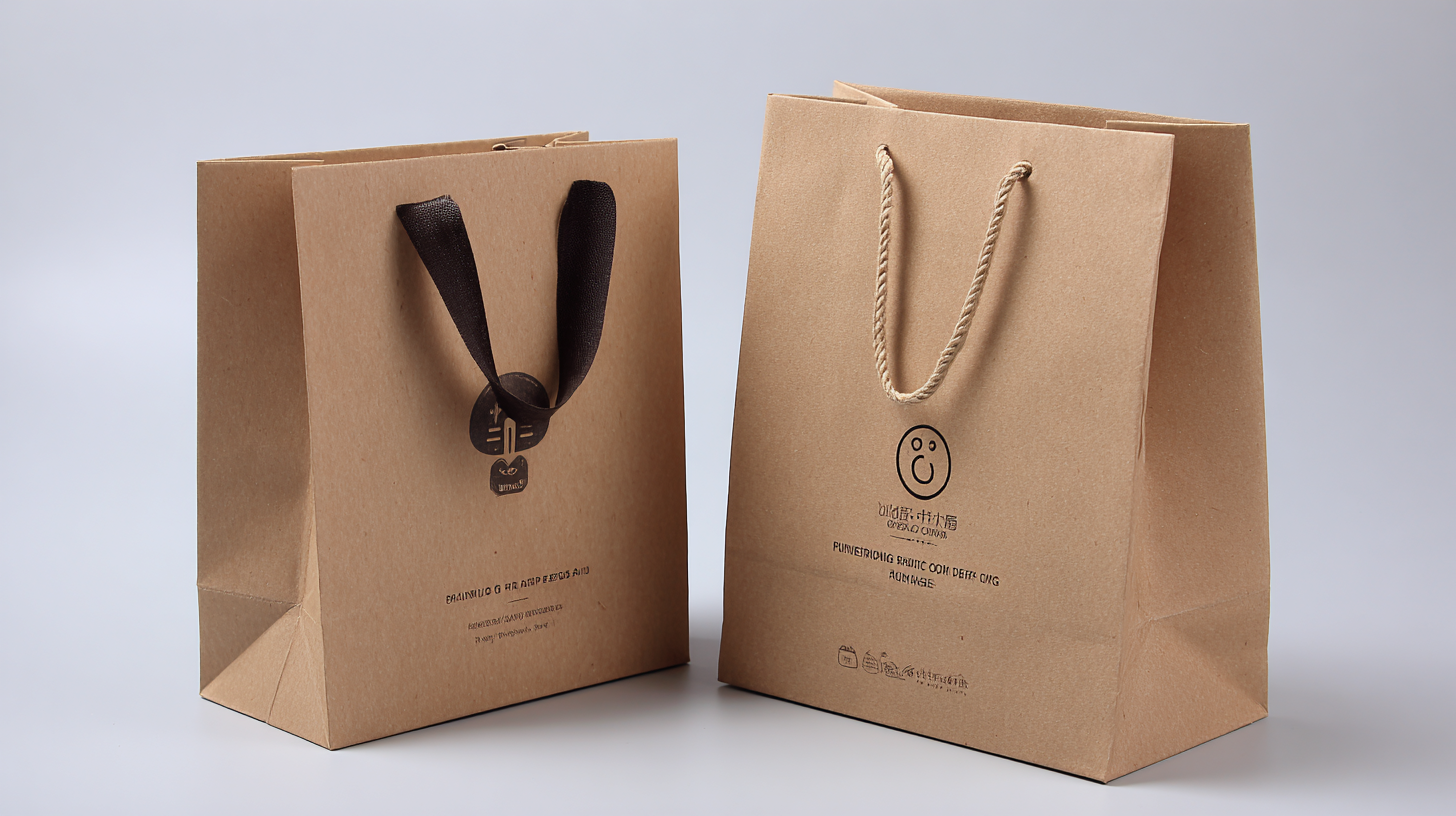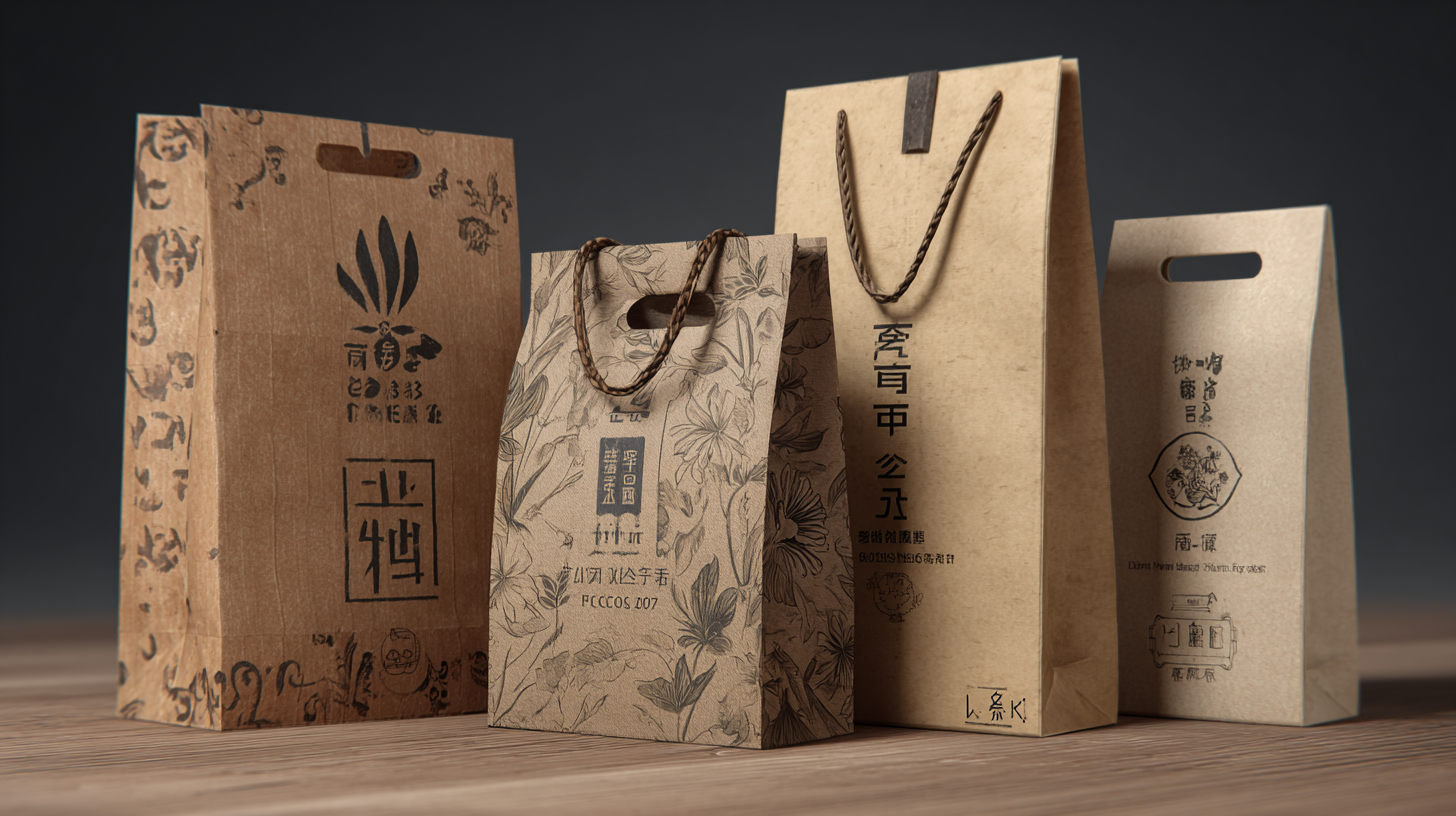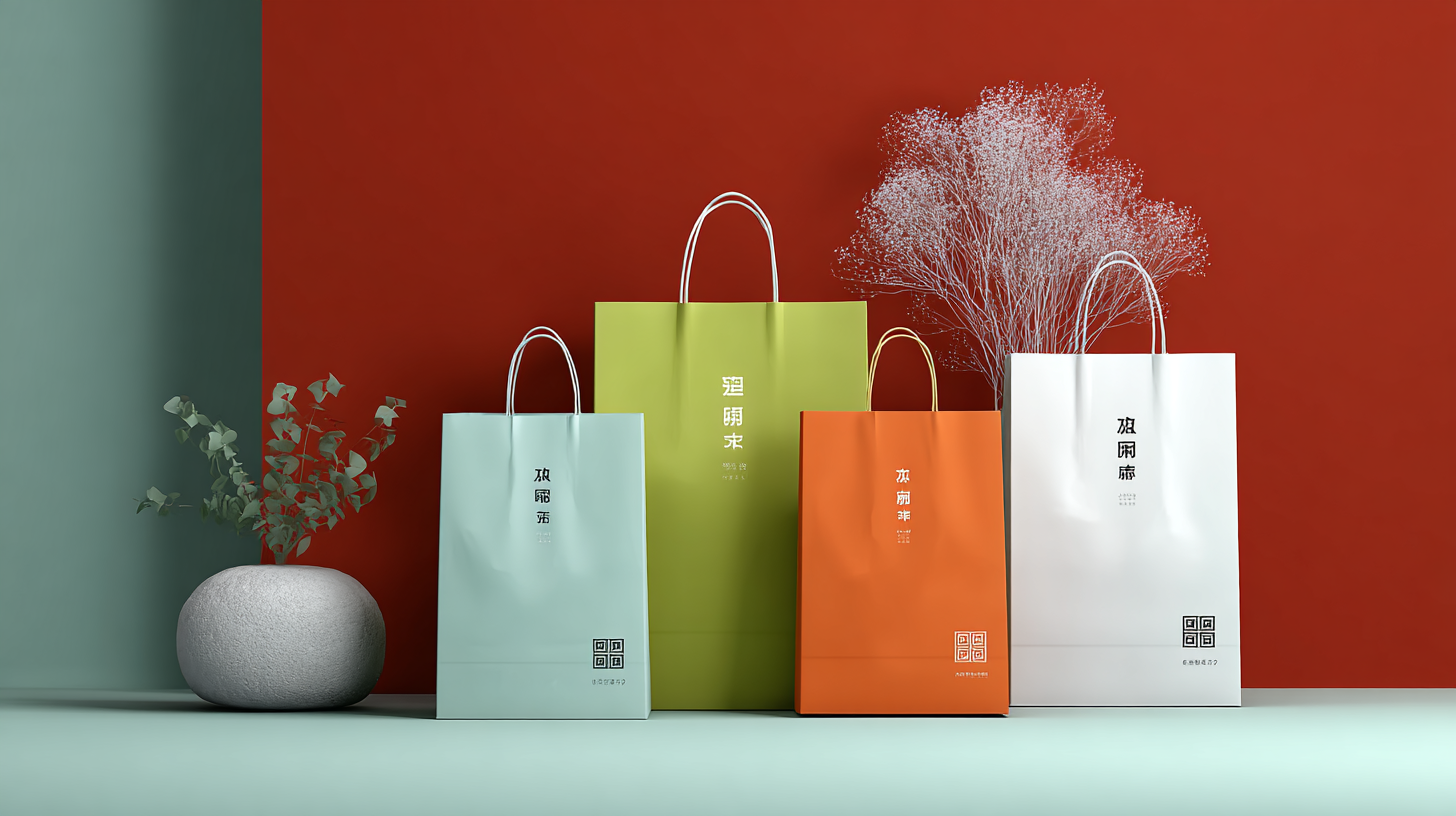Unleashing China's Manufacturing Excellence Through Best Personalized Packaging Bags
In the rapidly evolving landscape of global commerce, personalized packaging bags have emerged as a critical differentiator for brands seeking to enhance their market presence and connect with consumers on a deeper level. According to a report by Smithers Pira, the global market for flexible packaging is projected to reach $300 billion by 2024, with personalized solutions gaining increasing traction among businesses looking to tailor their offerings. This trend is particularly potent in China, where advancements in manufacturing technology and consumer expectations are driving demand for innovative packaging solutions. By embracing best practices in personalized packaging, companies can not only improve customer satisfaction but also streamline their supply chains and reduce costs.

As we delve into the ultimate guide to unleashing China's manufacturing excellence through personalized packaging bags, we will explore strategies and insights that enable businesses to capitalize on this burgeoning opportunity.
Understanding the Importance of Personalized Packaging in China's Manufacturing Sector
Personalized packaging has become a crucial factor in enhancing brand value within China's manufacturing sector. As industries evolve, the impact of tailor-made packaging solutions cannot be overlooked. In recent years, personalized packaging has transitioned from a mere functional aspect to a strategic marketing tool that caters to consumer preferences. Custom designs, eco-friendly materials, and unique branding elements allow companies to emphasize their commitment to quality and innovation, ultimately building stronger connections with their target audience.
The growth of personalized packaging aligns with the broader trend towards high-quality development in China's manufacturing landscape. The focus on transitioning from traditional manufacturing practices to creating unique consumer experiences has driven companies to invest in advanced printing technologies and innovative materials. As demand for personalized solutions continues to rise, industries such as food and beverages, cosmetics, and pharmaceuticals are exploring creative packaging designs to stand out in a competitive marketplace. This shift is not only enhancing brand recognition but also fostering a culture of sustainability and creativity within the sector.
Unleashing China's Manufacturing Excellence Through Best Personalized Packaging Bags
| Dimension | Description | Impact on Manufacturing |
|---|---|---|
| Customization | Tailored designs that meet specific consumer needs. | Enhances customer satisfaction and loyalty. |
| Sustainability | Use of eco-friendly materials in packaging. | Reduces environmental impact and appeals to eco-conscious consumers. |
| Brand Differentiation | Unique packaging design that stands out in the market. | Increases visibility and brand recall. |
| Consumer Engagement | Interactive and functional packaging that engages consumers. | Boosts consumer interaction and enhances the buying experience. |
| Cost Efficiency | Optimized production processes for personalized packaging. | Lowers production costs while maintaining quality. |
Key Features That Define High-Quality Personalized Packaging Bags
In today's rapidly evolving market, personalized packaging bags are not just a trendy choice but a necessity for brands aiming to stand out. Recent insights from the food industry reveal a significant shift towards health-conscious consumer behavior, with a report indicating that Chinese consumers are increasingly prioritizing health attributes in their snack consumption. This trend emphasizes the need for packaging solutions that resonate with these values. High-quality personalized packaging bags can showcase these health characteristics effectively, leveraging designs that highlight natural ingredients and wellness benefits.
Moreover, the integration of AI into food production, such as the intriguing example of "AI fries," demonstrates a growing trend where technology plays a crucial role in understanding consumer preferences. As businesses harness data analytics to tailor their offerings, packaging also needs to reflect this personalization. Key features of high-quality personalized packaging bags include eco-friendly materials, innovative designs, and informative labeling that communicates both health benefits and emotional appeal. By aligning packaging with consumer desires for transparency and sustainability, brands can enhance their connection with their audience, ensuring their products are not only seen but desired.
Step-by-Step Guide to Designing Customized Packaging Solutions
In today's competitive market, designing customized packaging solutions is paramount for brands looking to stand out. A recent report by Smithers Pira estimates that the global market for packaging will reach approximately $1 trillion by 2024, with personalized packaging being a key growth driver. This demand is particularly evident in China, where manufacturers are increasingly focusing on tailored solutions to meet diverse consumer preferences.
To embark on creating bespoke packaging, brands should first assess their target audience and branding goals. Identifying specific customer needs can guide the design process, ensuring the packaging not only protects the product but also enhances the brand narrative. For instance, using eco-friendly materials can appeal to environmentally-conscious consumers, a trend highlighted by a Euromonitor International report indicating that sustainable packaging solutions are expected to grow by 13% annually through 2025.
Next, incorporating innovative design elements is essential. The use of advanced printing technologies, such as digital printing, allows for vivid colors and intricate designs that resonate with consumers. A survey by Packaging Strategies revealed that 60% of consumers are more likely to purchase products with attractive packaging, underscoring the importance of presentation in driving sales. By following these steps, brands can effectively leverage personalized packaging to elevate their product offerings in a rapidly evolving market.
Sustainable Materials for Personalized Packaging: A New Trend in China
As the demand for environmentally friendly packaging rises globally, China's manufacturing sector is embracing sustainable materials in personalized packaging. The bakery industry, valued significantly in 2024, showcases how essential ingredients, from flour to dairy, are complemented by eco-conscious packaging solutions. Notably, the market for sustainable food packaging is projected to reach an impressive $199.7 billion by 2024, indicating a robust growth trend driven by the adoption of biodegradable and compostable materials.

Success Stories: How Brands Achieved Excellence with Tailored Packaging
In the fiercely competitive world of manufacturing, tailored packaging has emerged as a crucial element for brands aiming to establish themselves in the market. Success stories abound, showcasing how companies like Anta Sports and Xiaomi have achieved exceptional growth through personalized packaging solutions. Anta Sports leveraged distinctive packaging that not only showcased their brand identity but also enhanced the unboxing experience for customers. This strategic move resulted in increased customer loyalty and higher sales figures, proving that well-considered packaging can create a lasting impression.

Similarly, Xiaomi adopted a customer-centric approach by offering customizable packaging options for its products. This initiative allowed customers to feel personally connected to the brand, as they could choose designs that resonated with their values and preferences. The positive feedback from this strategy translated into remarkable market performance and solidified Xiaomi's position as an innovator in the tech industry. By focusing on personalized packaging, these brands not only differentiated themselves from competitors but also deepened their connection with consumers, driving remarkable success in their respective markets.
